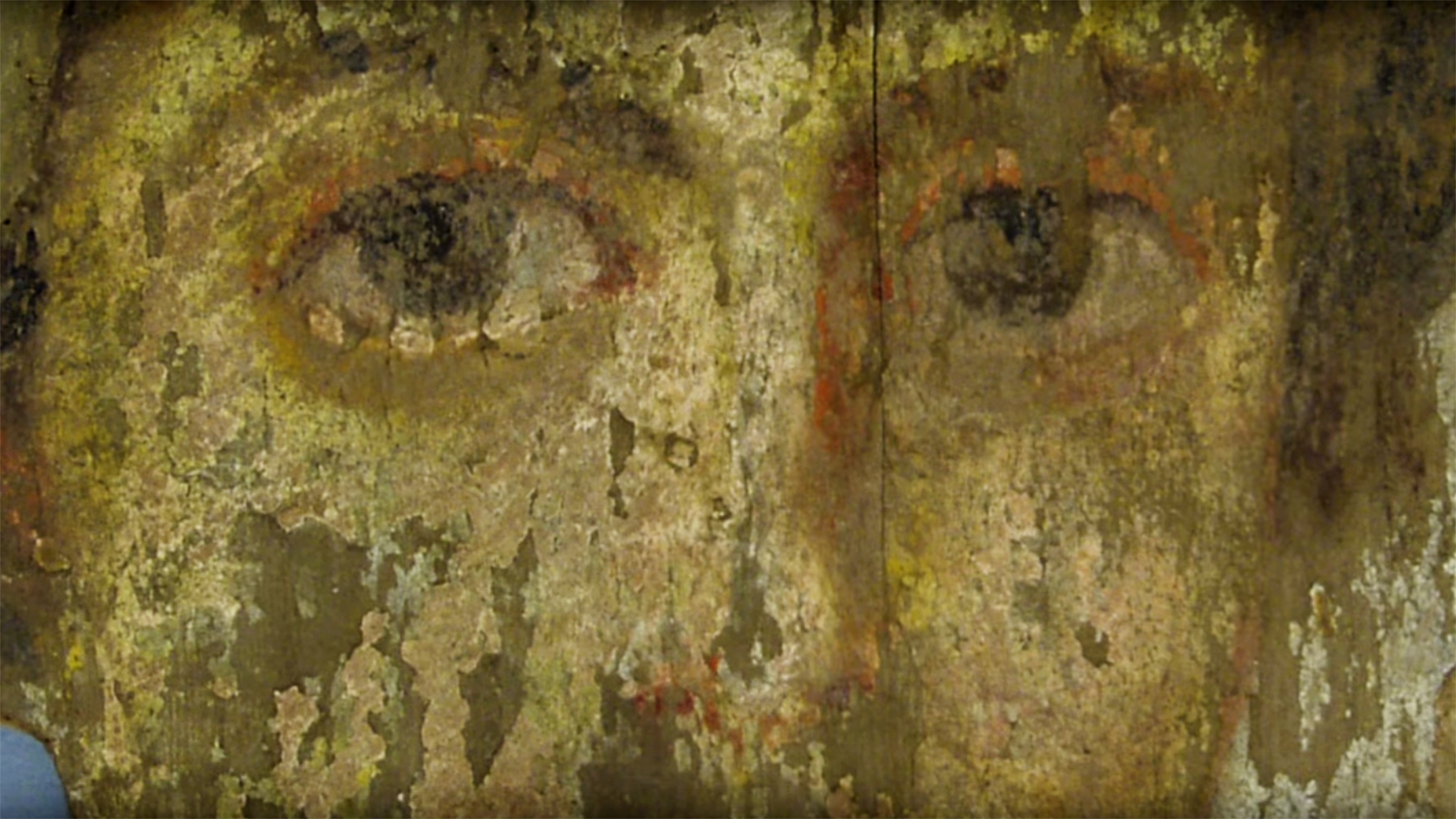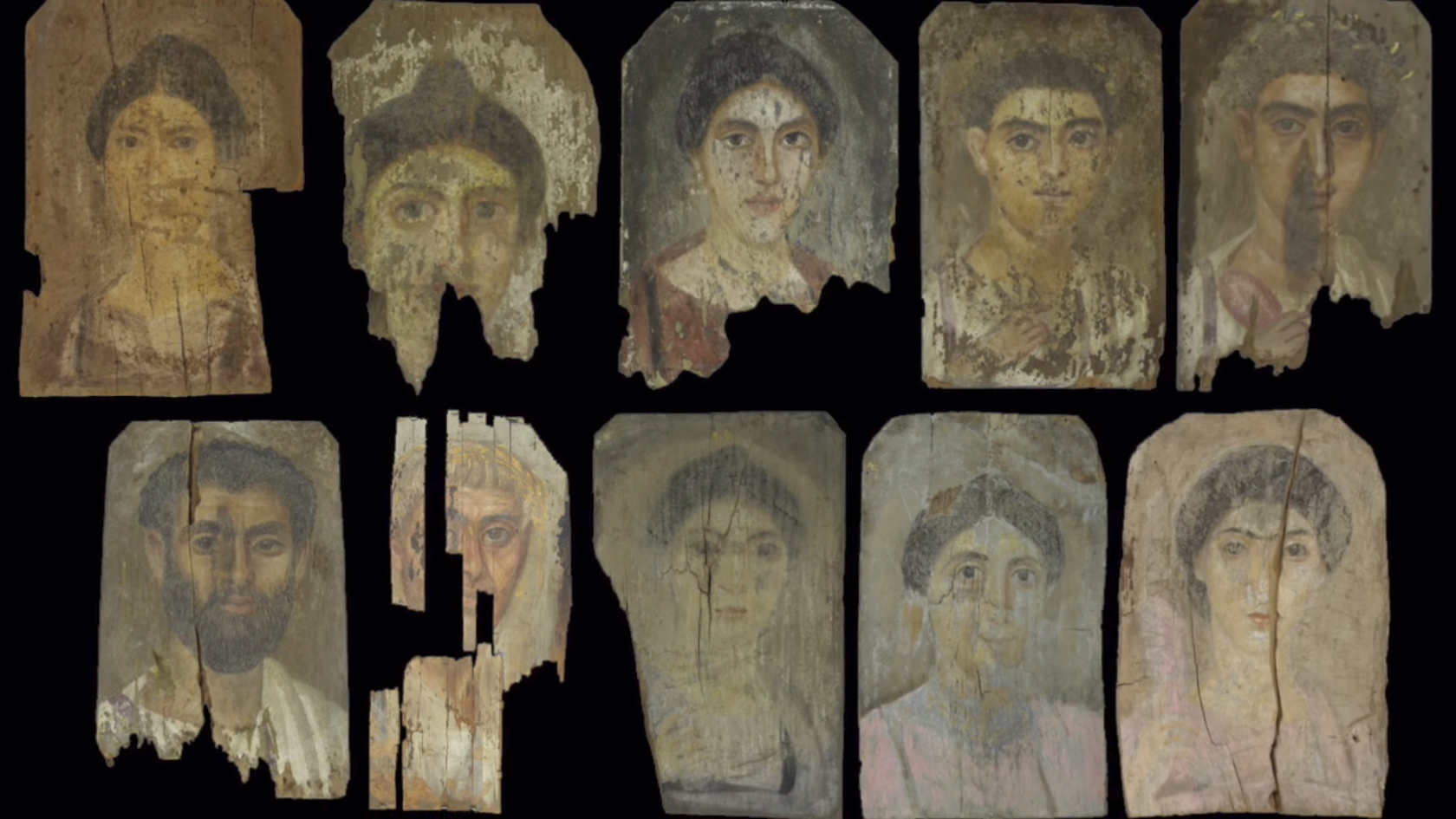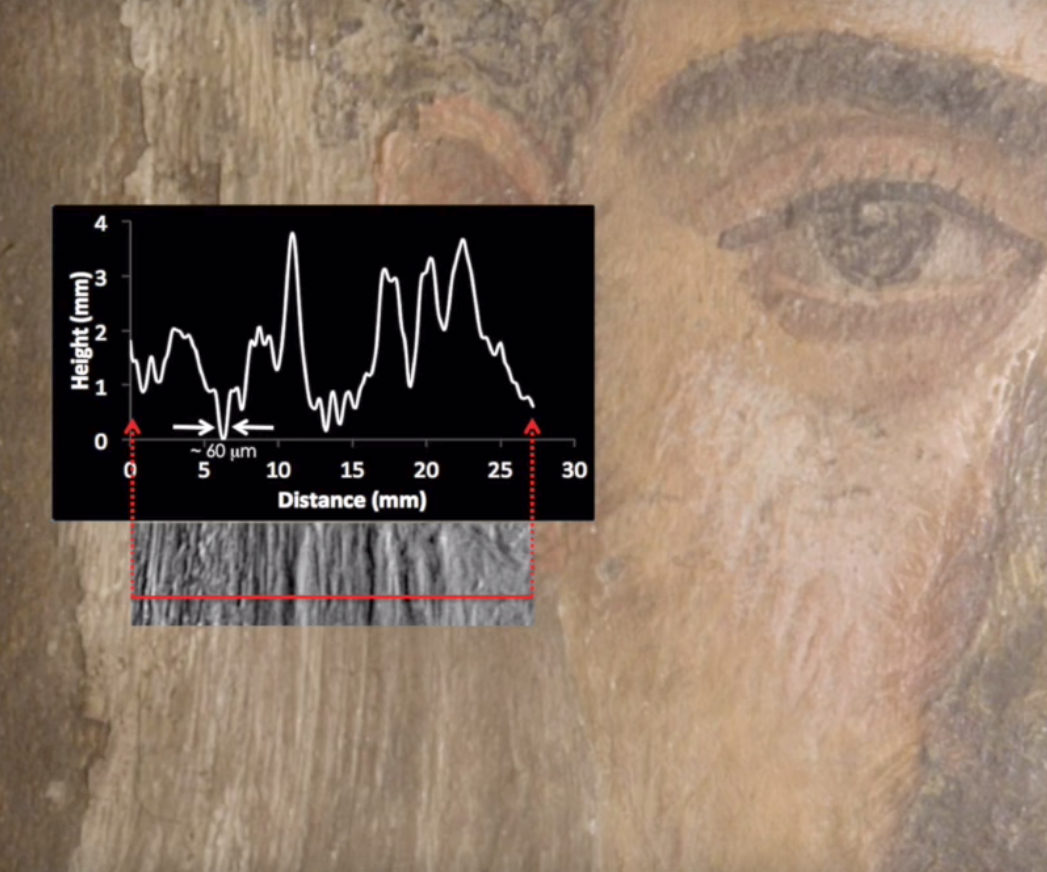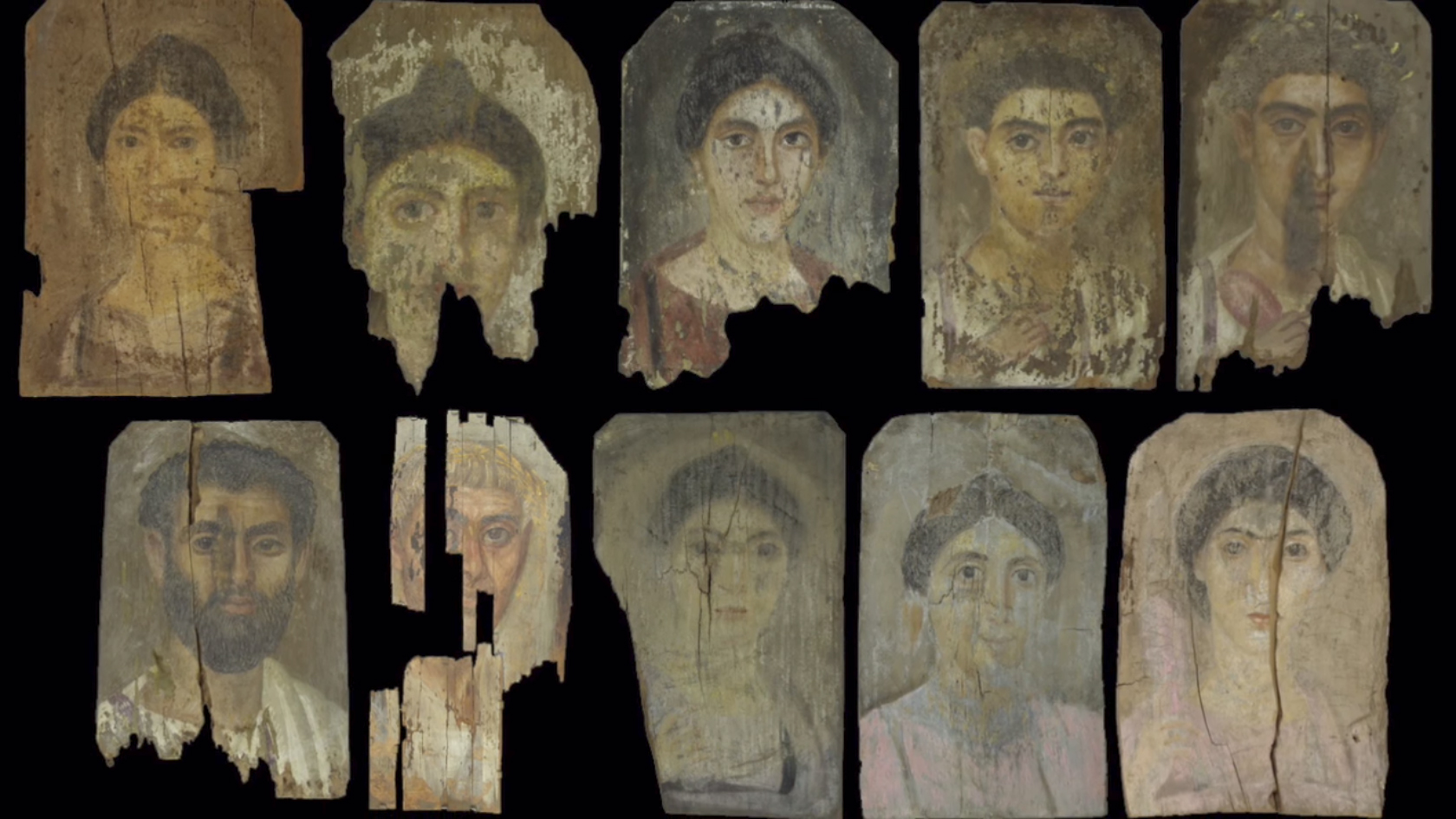Unprecedented

What the researcher revealed was something that the world had never heard of before. “The discovery changes our understanding of how this particular pigment was used by artists in the second century A.D. I suspect we will start to find unusual uses of this colorant in a lot of different works of art, such as wall paintings and sculpture,” claims expert Walton.
An Odd Color

Walton also stated that the paintings during the Classical era mostly made use of only red, yellow, black and white. “When you look at the Tebtunis portraits we studied, that’s all you see, those four colors,” Walton further stated, “But when we started doing our analysis, all of a sudden we started to see strange occurrences of this blue pigment, which luminesces.”
Further Explanation

A member of the Hearst Museum’s conservators, Jane L. Williams soon spoke about the reason behind why the artists might have used blue pigment. “We see how these artists manipulated a small palette of pigments, including this unusual use of Egyptian blue, to create a much broader spectrum of hues,” Williams explained on the topic of this strange revelation.
Something More
 The work that they put out helped them immensely as they wanted to crack down the painting techniques adopted in these panels. They were able to prove the remarkable international trading network that hid behind the artists’ work. “Our materials analysis provides a fresh and rich archaeological context for the Tebtunis portraits, reflecting the international perspective of these ancient Egyptians,” Walton added.
The work that they put out helped them immensely as they wanted to crack down the painting techniques adopted in these panels. They were able to prove the remarkable international trading network that hid behind the artists’ work. “Our materials analysis provides a fresh and rich archaeological context for the Tebtunis portraits, reflecting the international perspective of these ancient Egyptians,” Walton added.
 “For example,” Walton further explained, “we found that the iron-earth pigments most likely came from Keos in Greece, the red lead from Spain and the wood substrate on which the portraits are painted came from central Europe.” The artists that painted these masterpieces were not just using sophisticated techniques to create subtle hues, the supply chain during their time falls at par with what is used even today.
“For example,” Walton further explained, “we found that the iron-earth pigments most likely came from Keos in Greece, the red lead from Spain and the wood substrate on which the portraits are painted came from central Europe.” The artists that painted these masterpieces were not just using sophisticated techniques to create subtle hues, the supply chain during their time falls at par with what is used even today.
